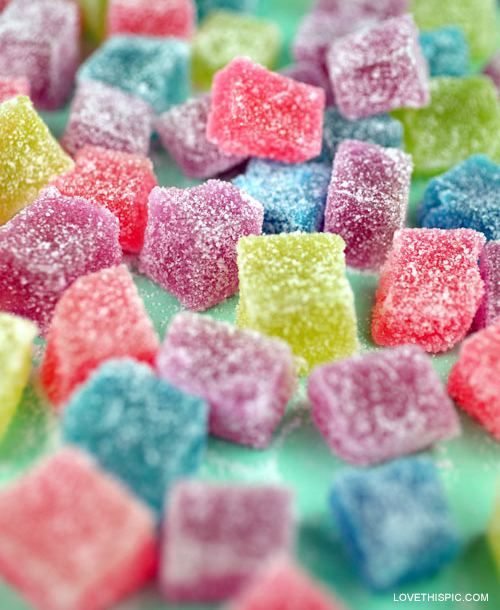 | ||
Similar | ||
This old man makes 7 types of toys using sugar candy sugar candy toys
Sugar candy is any candy whose primary ingredient is sugar. The main types of sugar candies are hard candies, fondants, caramels, jellies, and nougats.
Contents
- This old man makes 7 types of toys using sugar candy sugar candy toys
- Children favorite sugar candy floss indian sugar candy floss making
- History
- Classification
- Types
- Medicinal sweets
- Storage and shelf life
- References
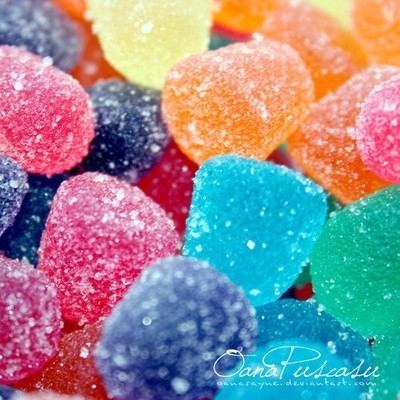
Children favorite sugar candy floss indian sugar candy floss making
History
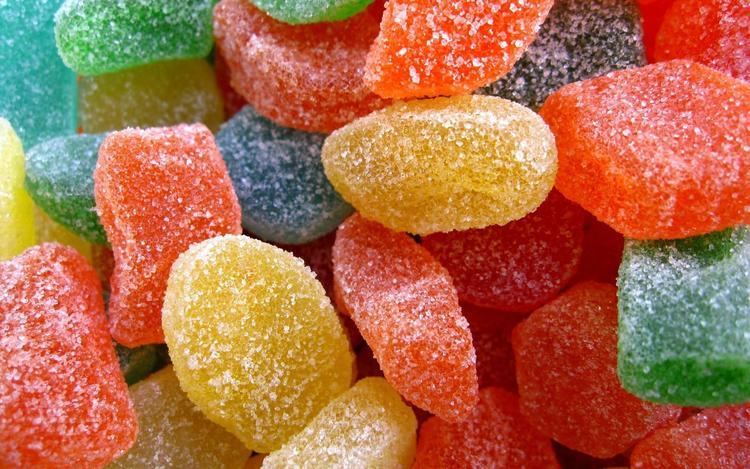
The oldest sugar candies are presumed to have been made where the sugar cane plant was domesticated. Sugar cane probably originated in Papua New Guinea, and from there was taken to Southeast Asia and other Pacific Islands, and ultimately to India and China. From India, sugar spread to the Arab states and eventually to Europe.
Classification
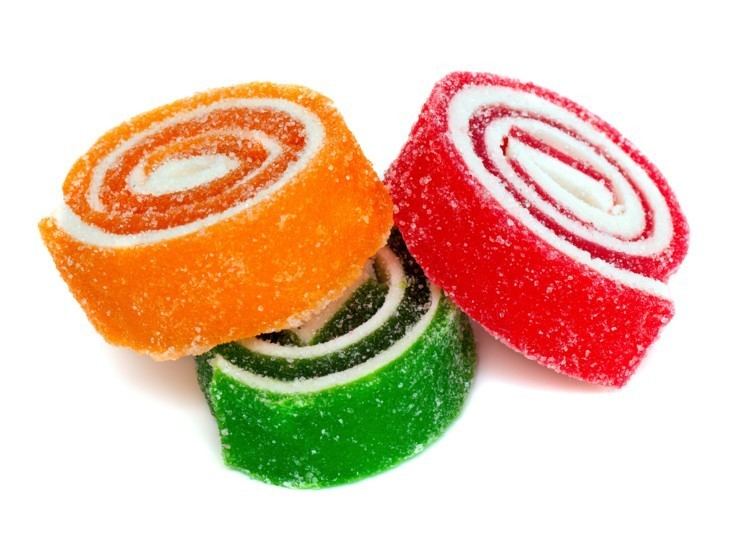
Chemically, sugar candies are broadly divided into two groups: crystalline candies and amorphous candies. Crystalline candies are not as hard as crystals of the mineral variety, but derive their name and their texture from their microscopically organized sugar structure, formed through a process of crystallization, which makes them easy to bite or cut into. Fudge, creams, and fondant are examples of crystalline candies. Amorphous candies have a disorganized crystalline structure. They usually have higher sugar concentrations, and the texture may be chewy, hard, or brittle. Hard candies, such as lollipops, caramels, nut brittles and toffees are all examples of amorphous candies, even though some of them are as hard as rocks and resemble crystals in their overall appearance.
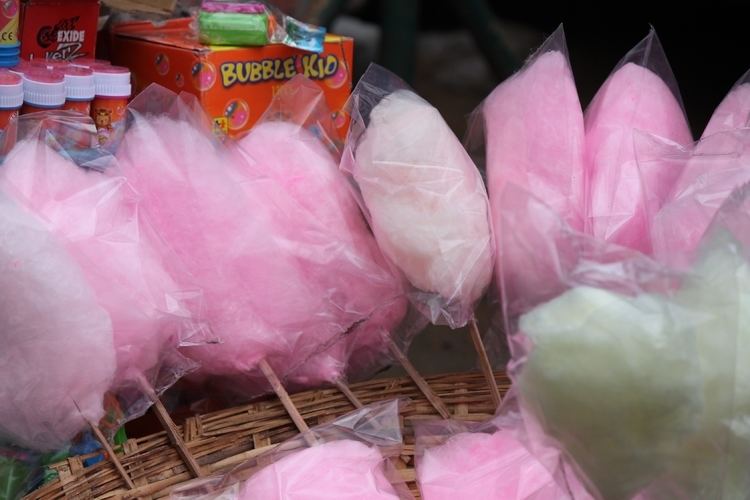
Crystalline candies are chemically described as having two phases, because the tiny, solid sugar crystals are suspended in a thick liquid solution. These are also called grained candies, because they can have a grainy texture. Amorphous candies are have only one phase, which is either solid or liquid, and do not have a grainy texture, so they may be called ungrained.
Commercially, candies are often divided into three groups, according to the amount of sugar they contain:
Each of these three groups contains both crystalline (grained) and amorphous (ungrained) candies.
Types
Medicinal sweets
Historically, sugar candy was used for pharmaceutical preparations as well as food uses. The sugar candy was used to disguise the unpleasant taste of the drug ingredients. Cough sweets and some other drugs show this heritage in the form of sugar tablets containing drugs, active drug ingredients being added to hard candies, and panned sugar coatings surrounding unpalatable pills.
Storage and shelf life
Shelf life is largely determined by the amount of water present in the candy and the storage conditions. High-sugar candies, such as hard candies, can have a shelf life of many years if kept covered in a dry environment. Spoilage for low-moisture sugar candies tends to involve a loss of shape, color, texture and flavor, rather than the growth of dangerous microbes. Impermeable packaging can reduce spoilage due to storage conditions.
Sugar candies spoil more quickly if they have different amounts of water in different parts of the candy (for example, a candy that combines marshmallow and nougat), or if they are stored in high-moisture environments. This process is due to the effects of water activity, which results in the transfer of unwanted water from a high-moisture environment into a low-moisture candy, rendering it rubbery, or the loss of desirable water from a high-moisture candy into a dry environment, rendering the candy dry and brittle.
Another factor, affecting only non-crystalline amorphous sugar candies, is the glass transition process. This can cause amorphous sugar candies to lose their intended texture.
